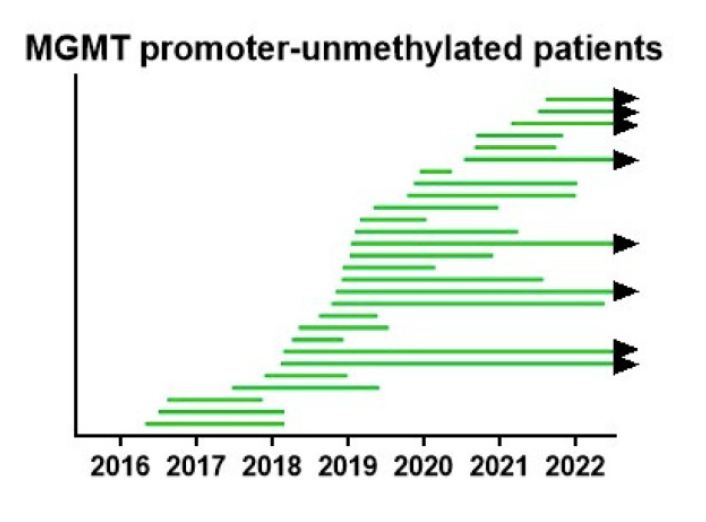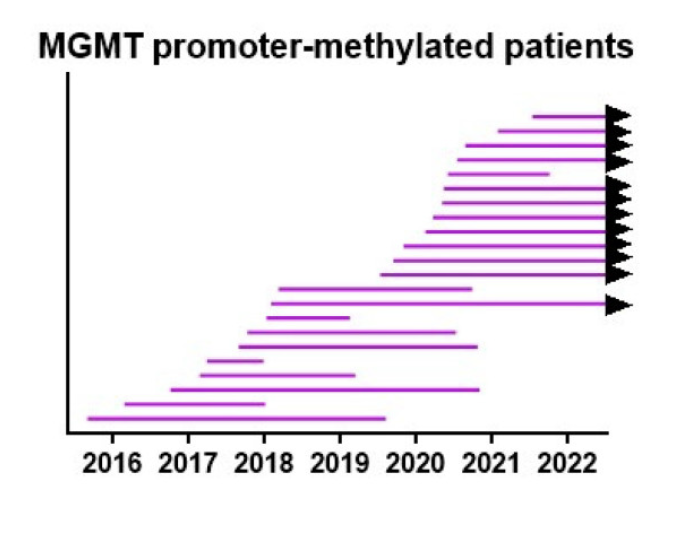The Treatment of Glioblastoma: The Important of Choosing Carefully
Very often, patients and caregivers are looking for advice and suggestions on the most effective treatment paths. My answer is always to ask the specialists who know the specific case, are able to read and understand all the reports and can provide targeted answers. Another piece of advice is to ask for more opinions and ultimately choose by following your instinct, which is a formidable method for making complex decisions like these. I often suggest taking part in clinical trials when possible because several scientific articles say that patients who do so on average obtain better results. But it is not always possible and in desperation patients and caregivers are looking for someone who can offer them hope. And as I always say, when there is a smell of blood, the sharks come. The sharks are the ones who promise miraculous cures, they wonder why specialized centers don’t offer these miraculous things that work and are cheap too. Patients and caregivers often follow these paths which ultimately prove costly and sometimes very costly and sadly ineffective. Yet there are simple questions that can be asked to obtain the data that matters, which are often also published in scientific journals and are therefore verifiable. If they tell you that this data isn’t there and they talk to you about conspiracies then my advice is to stay away. If they provide you with the data then you can reason together with the team that is treating you and in any case together with a specialist and make an informed decision. If these treatments are abroad, the specialist can also write you a letter of support that you can use to request financial support from the local health company of residence.
Recently a patient asked me about IOZK in Germany. The center provided some articles in response to our data request. One of these in particular was exactly what we were looking for: Individualized Multimodal Immunotherapy for Adults with IDH1Wild-Type GBM: A Single Institute Experience. I actually know this center because that’s where we went in 2018 with Emanuele. This article provides all the information you need to make a decision. Here is a brief summary.
The study conducted by the institute, Prof. Van Gool and his team describes its innovative approach to individualized multimodal immunotherapy for adults with wild-type IDH1 GBM. This study represents a step forward in understanding how personalized treatments can positively influence the evolution of the disease, promising improvements in patients’ life expectancy without producing significant side effects. The individualized multimodal approach, which combines different immunotherapy techniques such as vaccinations with dendritic cells and therapy with oncolytic viruses and hyperthermia, aim to optimize the immune response against the tumor. But let’s get to the concrete data: 50 patients were treated from 2015 to 2022. The median OS (Overall Survival) of 28 patients with unmethylated GBM was 22 months (2y-OS: 39%). The OS of 22 patients with methylated GBM was significantly better (p = 0.0414) with 38 months (2y-OS: 81%). Graphically these curves are very clear and explanatory, in which unfortunately there is also the case of Emanuele.


The success of this method suggests a paradigm shift in the treatment of GBM, offering hope for patients and their families. In the context of the rapid evolution of therapies for GBM, the article also highlights the importance of supporting research and development of new treatments. While individualized multimodal immunotherapy offers significant potential, it is only one of the emerging approaches in the oncology field. Collaboration between researchers, clinicians and patients is critical to accelerate progress and improve survival prospects for those facing GBM.
In conclusion, while stories of miraculous survival can offer hope, the decision to undertake specific treatments should be based on a thorough evaluation of available options. Asking for specific data, understanding treatment costs and procedures, and critically evaluating treatment options are essential steps in navigating the complex landscape of glioblastoma care. As science advances and the continuous search for better treatments, the goal remains to give patients the best chance at a longer, quality life.